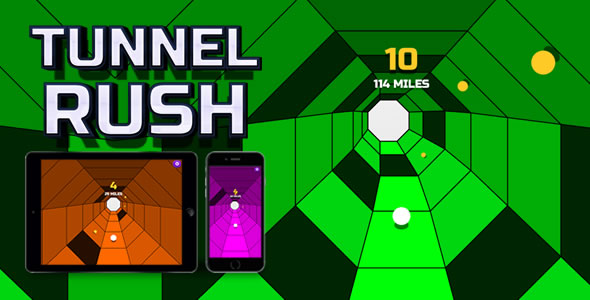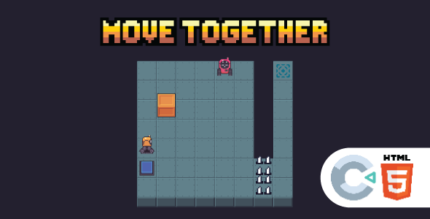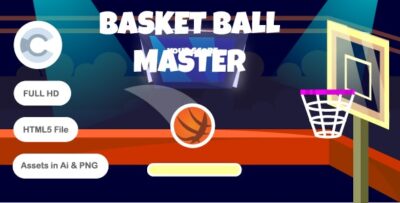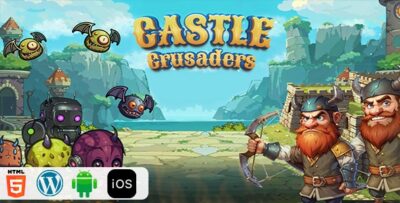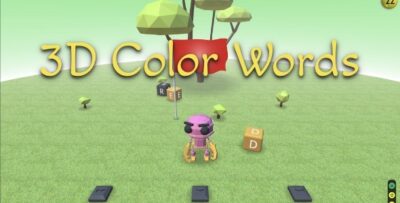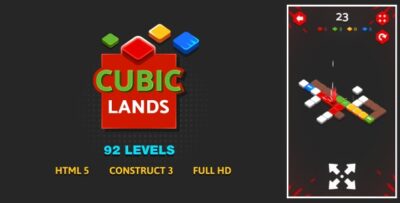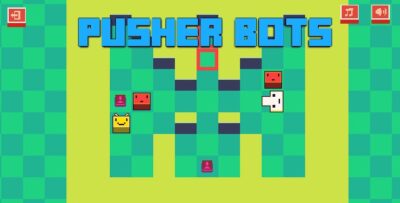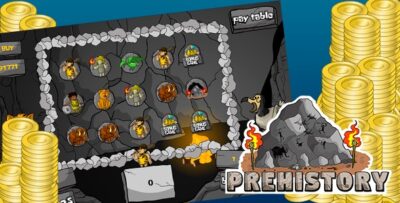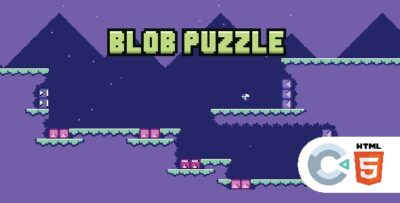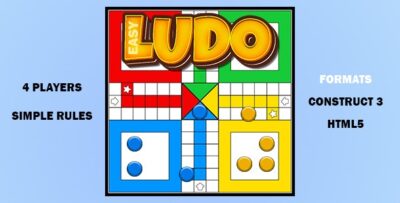It looks like you're interested in creating or learning about a "Tunnel Rush" HTML5 game. Tunnel Rush is a popular type of game that features fast-paced navigation through a tunnel or a 3D space with obstacles to avoid. The game mechanics typically involve controlling a character (or object) within a narrow, winding tunnel, and the goal is to avoid hitting the walls or obstacles while progressing through the levels.
How to Create a "Tunnel Rush" Game Using HTML5 and Construct 3
Construct 3 is a great platform for creating 2D or 3D games, and although it’s primarily a 2D engine, you can simulate 3D effects, such as those seen in a tunnel rush game, with some clever use of perspective and motion.Steps to Create a Tunnel Rush Game in Construct 3:
1. Game Design Concept:
- Objective: The main goal of the game is usually to navigate through a tunnel, avoiding obstacles, and collecting items or reaching a high score.
- Control Mechanism: You could use arrow keys, WASD, or mouse movement to steer the character left or right to avoid obstacles.
2. Create Tunnel Environment:
- Background: The key to creating a tunnel effect in 2D is to design the tunnel using repeating elements or creating a visually dynamic backdrop that gives the illusion of 3D depth.
- Scrolling Background: You can use Construct 3's Parallax effect or set up a fast-moving background to simulate the sensation of moving through a tunnel.
- Obstacles: Place obstacles along the sides of the tunnel. These could be blocks, walls, or moving objects. Make sure they spawn randomly and increase in difficulty as the game progresses.
3. Player/Character Movement:
- Player Object: The player could be represented by a sphere, cube, or another 3D-like object. In Construct 3, you could simulate 3D movement by making the object move left and right across the screen while the tunnel and obstacles move toward them.
- Steering Mechanism: Use arrow keys or touch controls to steer the player object left and right to avoid hitting the walls.
- Camera Effects: Use effects like zooming or rotating the background to simulate the feeling of "flying" through the tunnel. You can adjust the speed of the tunnel to increase the challenge.
4. Gameplay Mechanics:
- Collisions: Set up collision detection between the player and the tunnel walls or obstacles. If the player hits an obstacle, they could lose the game or have their score reset.
- Scoring: Add a score system based on how long the player survives in the tunnel or how far they progress. Increase the difficulty as the game goes on by speeding up the obstacles or reducing the width of the tunnel.
5. Visual Effects:
- Particle Effects: Add particle effects for things like explosions or sparks when the player collides with walls.
- Camera Shake: For added excitement, use a camera shake effect when the player hits obstacles.
6. Sound and Music:
- Background Music: A fast-paced or intense soundtrack can complement the action and make the game more engaging.
- Sound Effects: Add sounds for actions like collisions, background ambiance, or when the player collects items.
7. Testing and Tweaking:
- Difficulty Curve: Adjust the speed of the tunnel and the obstacles so that the game becomes progressively harder. Consider adding different levels of difficulty or random events to keep things exciting.
- Mobile Optimization: If you're targeting mobile devices, make sure the controls are responsive and easy to use on touchscreens.
8. Exporting as HTML5:
Once your game is complete, you can easily export it as an HTML5 game using Construct 3’s export feature. This will allow users to play it directly in any modern browser.Example of Tunnel Rush-like Game Features:
- Speed Up: The longer you survive, the faster the game gets, making it harder to avoid obstacles.
- Power-ups: You could add power-ups that give the player temporary invincibility or slow down the tunnel speed for a short period.
- Levels or Endless Mode: Create multiple levels with different designs or an endless mode where the goal is simply to survive as long as possible.
